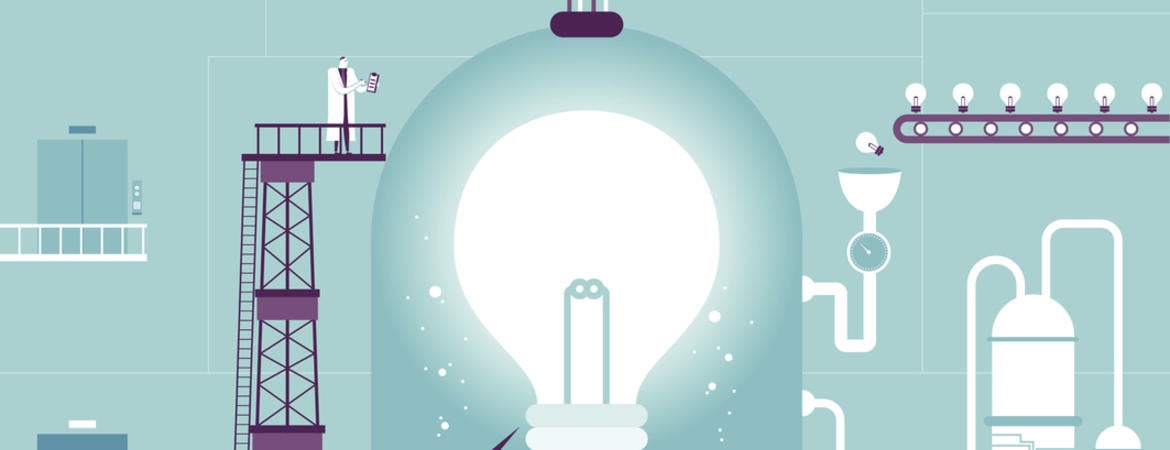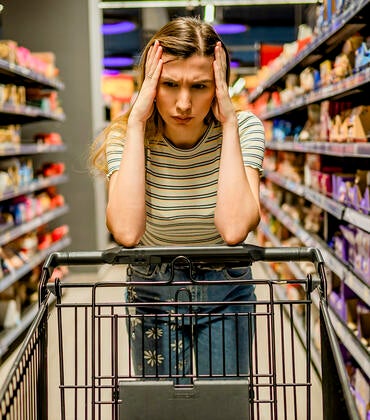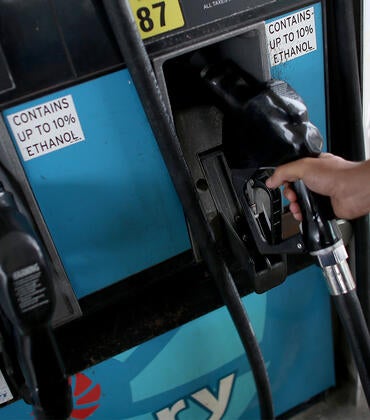
California’s Silicon Valley, home to companies such as Apple, Google, and Facebook, is recognized across the world as a hub of innovation, and now there’s empirical evidence that explains why.
The state is able to foster a business environment conducive to product innovation thanks to the interplay of both demand- and supply-side factors, according to a new study conducted by Ivalina Kalcheva, an assistant professor of finance at the University of California, Riverside, and colleagues.
“The alloy of academia, industry, and government is critical for innovation and none of them on its own is as important as the fusion of the three,” said Kalcheva. “Imagine trying to grow a plant without soil, or water, or sunlight.”
The findings indicate state regulators wishing to spark business innovation must take an active role not only by providing incentives that lead to an increase in consumer demand, but also by creating a healthy supply-side environment.
The study examined nearly 66,000 private companies in the medical device industry between 1987 and 2014. This category was chosen primarily because the Medicare coverage approval process serves as an ideal scenario to gauge the impact of a consumer demand spike — a phenomenon the researchers describe as an “exogenous shock.” If a medical device is approved for Medicare coverage, there is an immediate and direct effect on the number of patients who have to pay for that product and on how much it will cost.
The researchers also factored in supply-side variables to account for the level of innovation in the medical device industry in different areas, specifically the availability of venture capital, National Institutes of Health (NIH) grants, number of research universities, research and development investments, and Small Business Innovation Research funding.
Based on their analysis, the five most innovative states for medical devices are California, New York, Massachusetts, Illinois, and Texas. Overall, states with a healthy blend of venture capital, NIH grants, and research universities have a 16-fold increase in product innovation compared to those that don’t, based on the number of medical device applications submitted for approval by the Federal Drug Administration, the study found.
Co-authors of the paper include Ping McLemore, a financial economist at the Federal Reserve Bank of Richmond; and Shagun Pant, an assistant professor of finance at the University of Iowa.
While the research focuses on the medical device industry, the results can be used as guidance for all types of businesses, said Pant.
“Demand is always fluctuating,” she said. “This is naturally taking place in all industries.”
Government officials could also institute demand-side incentives, such as solar-system tax breaks and electric vehicle tax breaks, to create a positive shift in demand, the researchers said.
In terms of supply-side incentives that could be implemented by regulators, Kalcheva noted that states and cities often compete for companies through tax incentives — citing Amazon’s current search for a second headquarters as a prime example — so tax incentives could also be used to lure venture capital firms to stimulate an innovation cluster.
“Instead of states and cities just competing for companies, they should be competing to make life easier for venture capitalists,” said Kalcheva, noting Michigan as an example of a state that would benefit from an influx of venture capital firms.
“They have prestigious research universities, and they have good NIH funding, but they are missing the VCs,” she said. “It’s really in the hands of state officials.”
Apart from tax incentives, the researchers highlighted public transportation, streamlined state approval processes, and employee training as other supply-side variables that aid the formation of innovation clusters.
What’s more, an uptick in product innovation within one industry has a domino effect on related industries. For example, every time Apple releases a new iPhone model, phone case manufacturers release a new model as well.
“If you have a shock to the demand of one specific device, it’s going to affect everything that’s complimentary to the device,” said Pant.
The study, titled “Innovation: The interplay between demand-side shock and supply-side environment,” is set for publication in the March issue of the journal Research Policy.



